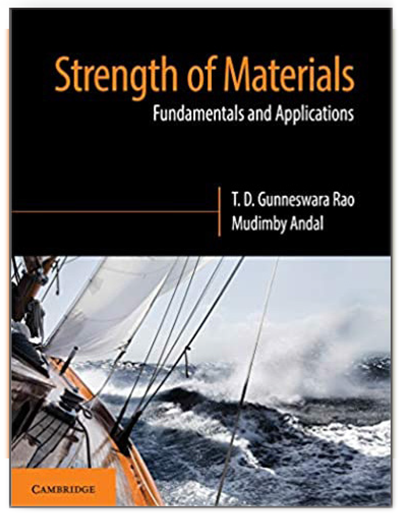
This book is an excellent introduction to the field of mechanical properties of materials for students, engineers, researchers, and newcomers who wish to understand the fundamentals of materials design within different applications. The text introduces readers to different concepts related to the strength of materials, including stress, strain, elastic modulus, shear forces, bending stress, and bending moment. The book provides researchers with comprehensive knowledge supported by completed mathematical problems. Compelling illustrations of useful explanations of materials properties (particularly mechanical properties), as well as lists of adequate and up-to-date reference citations, are included.
The book is written from a combined perspective of mechanical engineering and materials engineering. Chapters 1 and 2 introduce the theory for stress, strain, and deformation and their relationship to the elastic constants in order to understand materials behavior. Chapters 3–5 provide an analysis of both shear-force and bending-moment diagrams, providing details regarding bending stress and flexural shear stresses of composite sections.
Chapters 6–8 discuss the various types of trusses using different methods, provide details on slope and deflections of beams with different loading conditions, and describe the analysis of the stresses induced in the cylinders. Chapters 9–11 examine the torsion of circular sections, provide information on maximum and minimal normal or shear stress, and explain the theory of open- and closed-coiled helical springs. Chapters 12 and 13 cover varying types of columns and their behaviors in-depth, with engaging sketches that illustrate estimation of stresses for combined actions. Chapters 14–17 offer readers an understanding of unsymmetrical bending and shear centers, providing details on the stresses induced in rotating discs and cylinders and stresses in bars with curvatures.
The authors provide useful discussion of solved problems to explain the mechanical properties of materials. This book would serve as an important addition to the libraries of those interested in mechanical properties of materials. It is recommended to all who are interested in the study of materials, particularly those entering the field, and is appropriate for someone with a metallurgy, materials, or mechanical engineering background.



